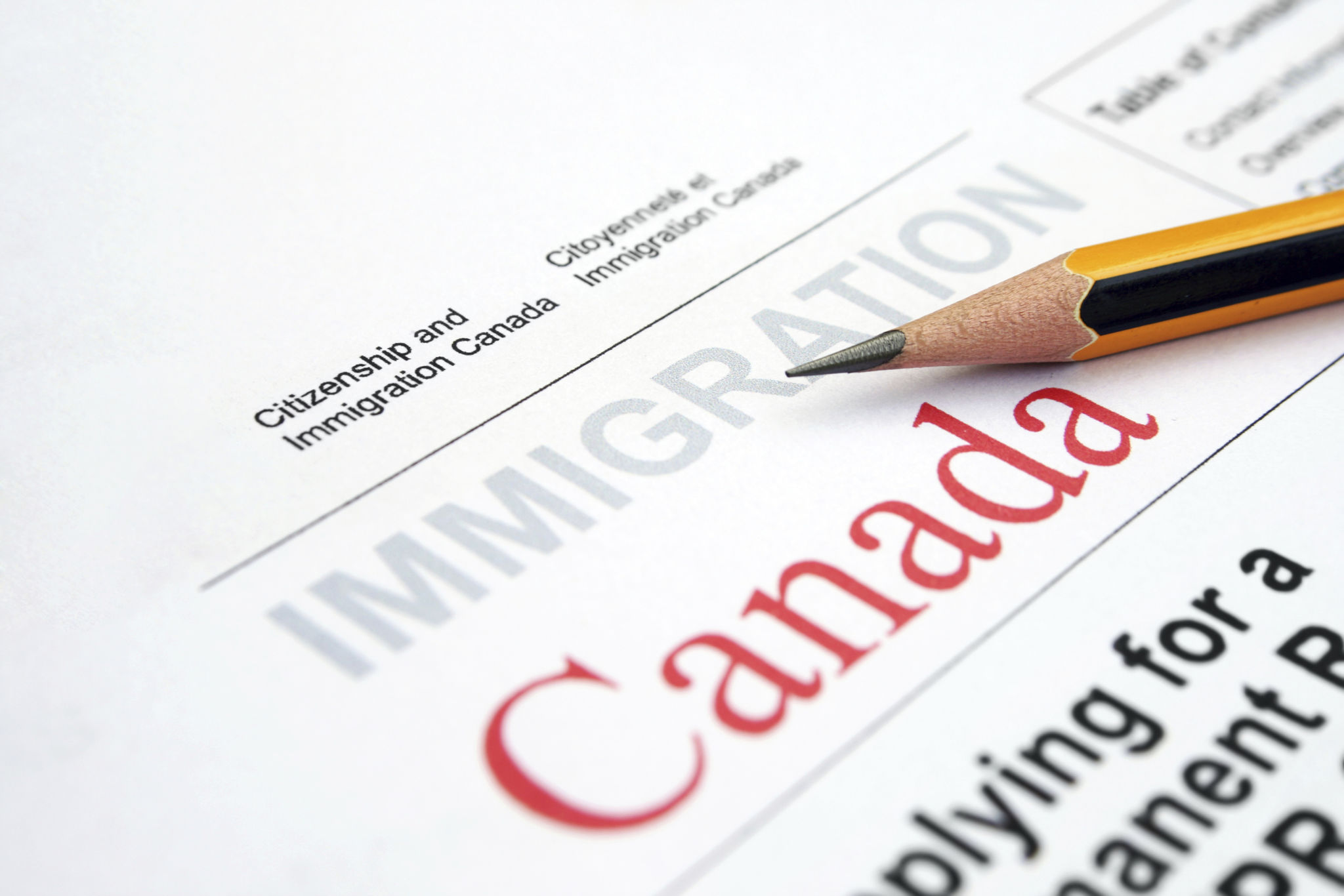How to Navigate the U.S. Immigration Process: A Comprehensive Guide
Understanding the Basics
The U.S. immigration process can be complex and daunting, but understanding the basics can help you navigate it more effectively. Whether you are pursuing a visa for work, education, or family reunification, each path comes with its own set of rules and requirements. Learning about the different types of visas and their eligibility criteria is a crucial first step.

Types of Visas
The U.S. offers various visa categories, including non-immigrant visas for temporary stays and immigrant visas for those seeking permanent residence. Popular non-immigrant visas include student visas (F-1), work visas (H-1B), and tourist visas (B-1/B-2). Each category has specific eligibility requirements that must be met before applying.
On the other hand, immigrant visas, such as family-sponsored or employment-based visas, are for those who intend to settle permanently in the U.S. Understanding which type of visa aligns with your goals is essential before starting the application process.
Application Process
Once you've determined the type of visa you need, the next step is to navigate the application process. This generally involves completing forms, providing supporting documentation, and paying fees. It's essential to gather all necessary documents, such as proof of identity, financial statements, and any other required information.

Filing the Petition
For many visas, a petition must be filed on your behalf by a sponsor, such as an employer or family member, with the U.S. Citizenship and Immigration Services (USCIS). This step is crucial and must be completed accurately to avoid delays. The USCIS will review the petition and notify you of its decision.
Attending an Interview
After your petition is approved, you may be required to attend a visa interview at a U.S. embassy or consulate in your home country. During the interview, you'll need to answer questions related to your application and demonstrate your eligibility for the visa.

Handling Delays and Issues
Delays and issues are common in the immigration process. It's important to stay informed about your application's status and respond promptly to any requests for additional information from immigration authorities. Utilizing resources like immigration lawyers or accredited representatives can offer valuable assistance.
Final Steps and Arrival
Once your visa is approved, you'll receive instructions on what to do upon entering the U.S. It's important to comply with all entry requirements and regulations to ensure a smooth transition. Remember, maintaining lawful status in the U.S. is crucial for future immigration benefits.
Navigating the U.S. immigration process requires patience, diligence, and attention to detail. By understanding each step and preparing accordingly, you can increase your chances of a successful application.
